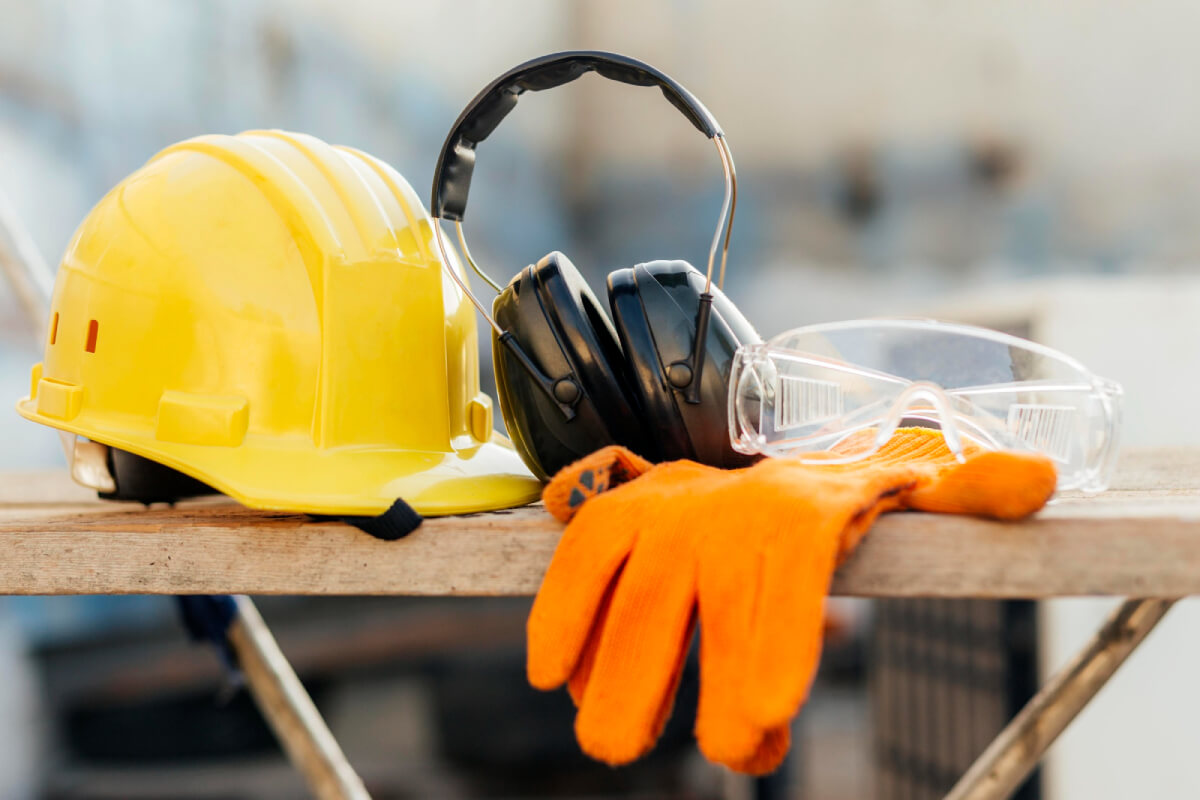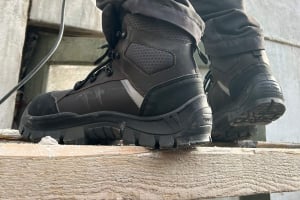
The different methods of preventing occupational risks
Occupational risks are an inevitable reality in the world of work. Whether through accidents, illness or stress, employee health and safety can be at risk. Faced with these major challenges, prevention is the key. Indeed, companies have a crucial role to play in implementing measures to minimize these risks. In this article, we will present the different methods of preventing occupational risks and how they can be implemented.
Summary
- Risk assessment: the starting point of any prevention approach
- Implementation of a prevention action plan
- Employee awareness and training: essential measures
- Use of personal protective equipment (PPE)
- Medical surveillance of employees
- Involvement of business leaders and staff representatives
- Prevention of psychosocial risks
Risk assessment: the starting point of any prevention approach
Before acting, it is essential to assess the risks present in the company. This assessment makes it possible to identify potential dangers, understand their origin and estimate their severity. This is a crucial step in defining the most appropriate prevention actions.
The evaluation requires in-depth knowledge of the company and the activities carried out there. It can be conducted by the employer himself or by external professionals. This approach is generally based on a single professional risk assessment document (DUERP), which lists all the risks identified and proposes prevention measures.
Implementation of a prevention action plan
Once the assessment has been completed, it is time to take action. This involves implementing a concrete action plan to prevent the identified risks. These actions can be of different natures: organizational, technical, human, etc.
For example, the company may decide to improve the ergonomics of workstations, implement safety training, strengthen communication on risks, etc. The action plan must be adapted to the situation of the company and the specific risks it encounters.
Employee awareness and training: essential measures
Preventing professional risks also involves raising awareness and training employees. Indeed, the latter are the first to be affected by the risks and must therefore be involved in the prevention process.
Awareness raising can take the form of information campaigns, posters or information meetings. As for training, it allows employees to acquire the skills necessary to identify risks, adopt the right behaviors and use protective equipment correctly.
Use of personal protective equipment (PPE)
personal protective equipment (PPE) are essential tools for preventing occupational risks. They help protect employees against the dangers linked to their work.
This equipment can be of different types: helmets, work gloves, safety shoes, glasses protection, etc. Their use must be adapted to the type of risk encountered and must be supplemented by adequate training.
Medical surveillance of employees
Finally, medical surveillance of employees is a key element in the prevention of professional risks. It makes it possible to quickly detect work-related health problems and implement appropriate prevention measures.
This monitoring can be carried out by the occupational physician, whose mission is to prevent any deterioration in the health of employees due to their work. It includes regular medical visits and specific prevention actions.
In summary, the prevention of professional risks is a major issue for companies. It requires a rigorous risk assessment, the implementation of an appropriate action plan, employee awareness and training, the use of protective equipment and regular medical monitoring.
Involvement of business leaders and staff representatives
The implementation of professional risk prevention measures cannot be done without the involvement of business leaders and staff representatives. They are the ones who, on a daily basis, are confronted with work situations and who are best placed to identify risks and propose appropriate solutions.
Business managers have an obligation of safety towards their employees. They must do everything in their power to prevent occupational risks. This involves different actions: carrying out a risk assessment, implementing a prevention action plan, training and raising employee awareness, providing personal protective equipment, organizing medical surveillance, etc.
In addition, the labor code stipulates that the employer must consult staff representatives on matters of health and safety at work. The latter have a crucial role to play in the prevention of occupational risks. They must be involved in all stages of the prevention process, from risk assessment to the implementation of prevention measures.
In addition, staff representatives have an alert role. If a work situation presents a risk to the health or safety of employees, they must report it to the employer. It is a legal obligation which aims to strengthen the prevention of professional risks.
Prevention of psychosocial risks
Psychosocial risks are a category of occupational risks that deserve special attention. They include work situations that can have harmful consequences on the mental health of employees, such as stress, harassment, violence, professional burnout, etc.
Prevention of psychosocial risks involves an analysis of working conditions and work organization. It aims to identify risk factors and put in place measures to prevent them.
These measures can be of different types: improvement of work organization, training of managers, implementation of a listening and psychological support system, etc.
The prevention of psychosocial risks is a major issue for occupational health. It helps to improve the well-being of employees, prevent mental health problems and promote business performance.
Are you concerned about workplace safety and looking for effective ways to prevent occupational hazards? Discover these additional resources that could help you deepen your knowledge and improve security in your professional environment.
- Protecting your health at work: the right reflexes to have
- Prevention of musculoskeletal disorders (MSDs)
- Preventing accidents: Actions and habits to adopt
- How to choose safety training
- How to prevent accidents at work?
In conclusion, occupational risk prevention is a shared responsibility that involves all stakeholders in the company. It requires a rigorous assessment of risks, the implementation of a prevention action plan, awareness-raising and training of employees, the use of protective equipment and regular medical monitoring.
Business managers have a safety obligation and must consult staff representatives on all health and safety issues at work. The prevention of psychosocial risks, often neglected, must also be an integral part of the prevention approach.
The prevention of occupational risks is a major issue for the health and safety of employees, but also for the performance of the company. It is an investment that can pay off big in terms of well-being at work, reduction of accidents and occupational illnesses, and improvement of the company's image.






